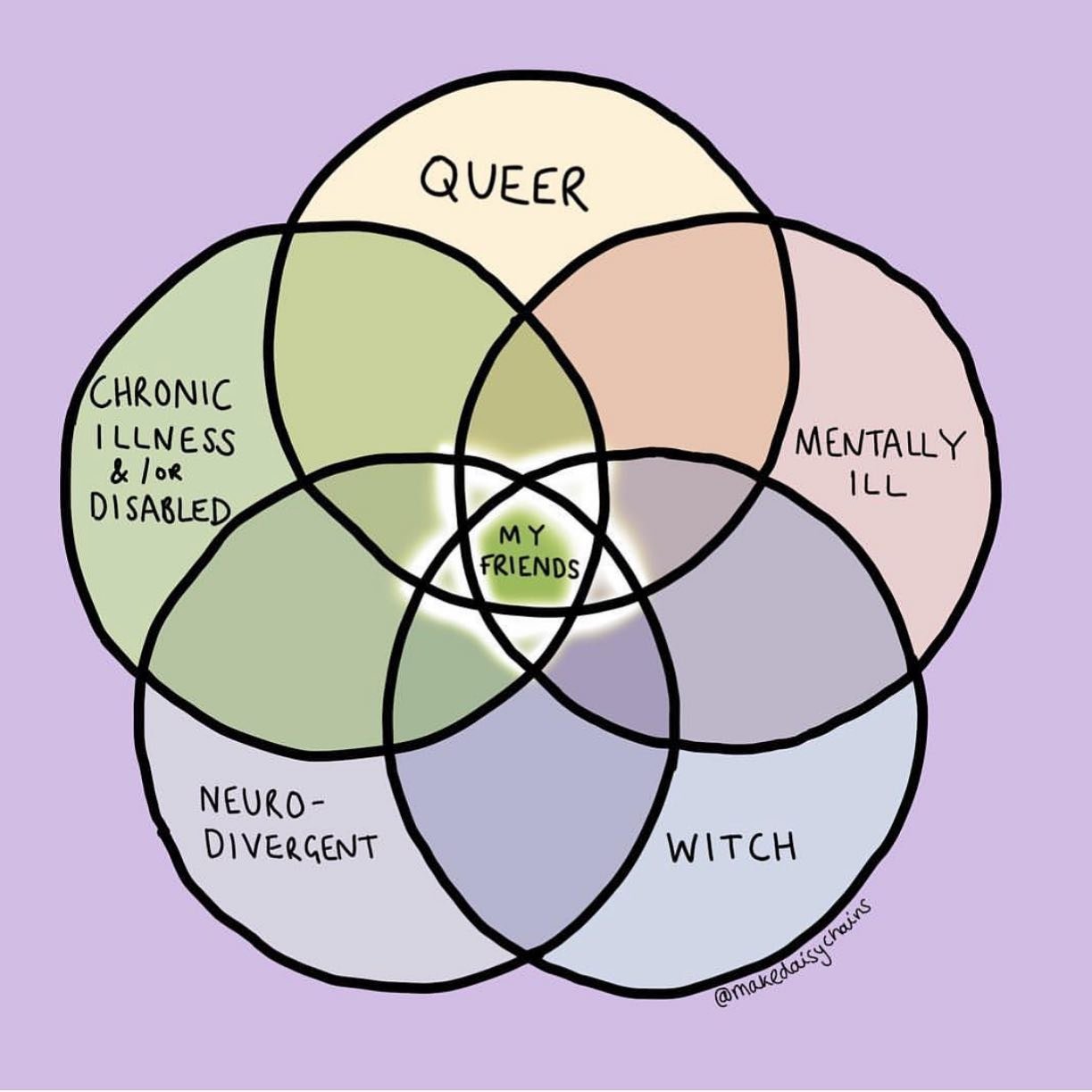The Overlap of Neurodiversity and Queerness
April is Autism Acceptance Month, so for this month’s blog we want to explore the intersection of LGBTQ+ and neurodiversity more generally. In addition, we’re going to share some tips for providers and healthcare professionals on caring for, treating, and plain ol’ interacting with neurodiverse LGBTQ+ patients. Much like other marginalized groups, neurodiverse LGBTQ+ people face unique barriers to care and suffer due to misinformation, discrimination, and medical mistrust. In order to go beyond awareness of Autism and neurodiversity towards acceptance, we must continue learning how to be affirming allies and break down misinformation.
What does neurodiverse mean?
According to Neurodiversityhub.org, “Neurodiversity refers to the virtually infinite neuro-cognitive variability within Earth’s human population. It points to the fact that every human has a unique nervous system with a unique combination of abilities and needs.” Much like how “LGBTQ+” houses a variety of identities under its umbrella, the term neurodiversity covers a variety of neurotypes and variations of the human mind. The neurodiverse umbrella includes Autism Spectrum Disorder (ASD), Attention Deficit Hyperactivity Disorder (ADHD), sensory processing disorders, tic disorders, and many others.
What is ableism?
Ableism is a system of oppression that operates on the belief that able-bodied, neurotypical people are the norm, that disabled, neurodiverse people are abnormal and are therefore discriminated against. According to the Therapist Neurodiversity Collective, “Ableism is entrenched in the presumption that neurodivergent and/or disabled people are "broken" and need to be ‘fixed.’”
[image description: a digital illustration of a Venn diagram which consists of 5 circles which overlap in the center. In the middle it says “my friends”. The other 5 circles each have one of the following written in it clockwise : queer, mentally ill, witch, neurodivergent and chronically ill &/or disabled”. In the middle where it says “my friends” there is a hidden glowing pentagram. The background is lilac. ]
The way that we’ve grown to understand neurodiversity, as well as the spectrums of sexual orientation and gender identity, has allowed more and more people to share their experiences and for the topic to gain attention from researchers. In a study published in 2022, researchers found that “autistic people self-reported lower quality healthcare than others across 50 out of 51 items.” The study also found higher rates of a variety of chronic physical and mental health conditions, ranging from arthritis and insomnia to anxiety and depression. In addition, LGBTQ-identifying patients are at higher risk of anxiety and depression, as well as STIs and substance use. While there is still more research that needs to be done on the intersection of neurodiversity, queer identities, and gender diversity, there is evidence that supports the community observation of higher rates of autism and neurodiversity in queer and trans spaces. According to National LGBT Health Education Center,
“Evidence suggests that neurodiverse people, particularly those on the autism spectrum, are more likely to be gender diverse and have a lesbian, gay, bisexual, queer, or asexual sexual orientation, compared to neurotypical people. The reasons why are not well understood. One possibility is that neurodiverse people tend to be less aware of, or less susceptible to, societal pressures and gender norms; therefore, they can express their gender identity or sexual orientation without concerns of being judged or fitting into certain roles.”
This intersection of identities can create added stress in non-affirming environments, leading neurodiverse LGBTQ+ patients to avoid receiving care, even when they need it. Acceptance for both neurodiverse and LGBTQ+ folks still has a long way to go, but there are steps that providers and healthcare workers can take to support their neurodiverse, LGBTQ+ patients.
First and foremost, listen to what the patient has to say about their identity and be affirming. Implying (or flat out saying) that a neurodiverse patient may not actually be their identity because it’s a “special interest” or that they aren’t able to properly articulate their feelings is disheartening and even damaging.
Talk with the patient about the terms and labels that they use to describe themselves (if any). Trust that the patient knows themselves better than you or anyone else can, and that their perception of self may not line up with traditional ideas.
Ask direct questions about partners, health, and other important information, as neurodiverse folks are less likely to fill in the gaps themselves.
Want to learn more about neurodiverse identities and their intersections with the LGBTQ+ community? Check out the links below!
Neurodiversity & Gender-Diverse Youth: An Affirming Approach to Care
Neurodivergence as Queerness · Public Neurodiversity Support Center


